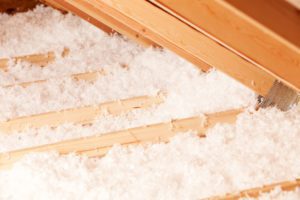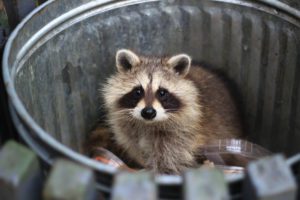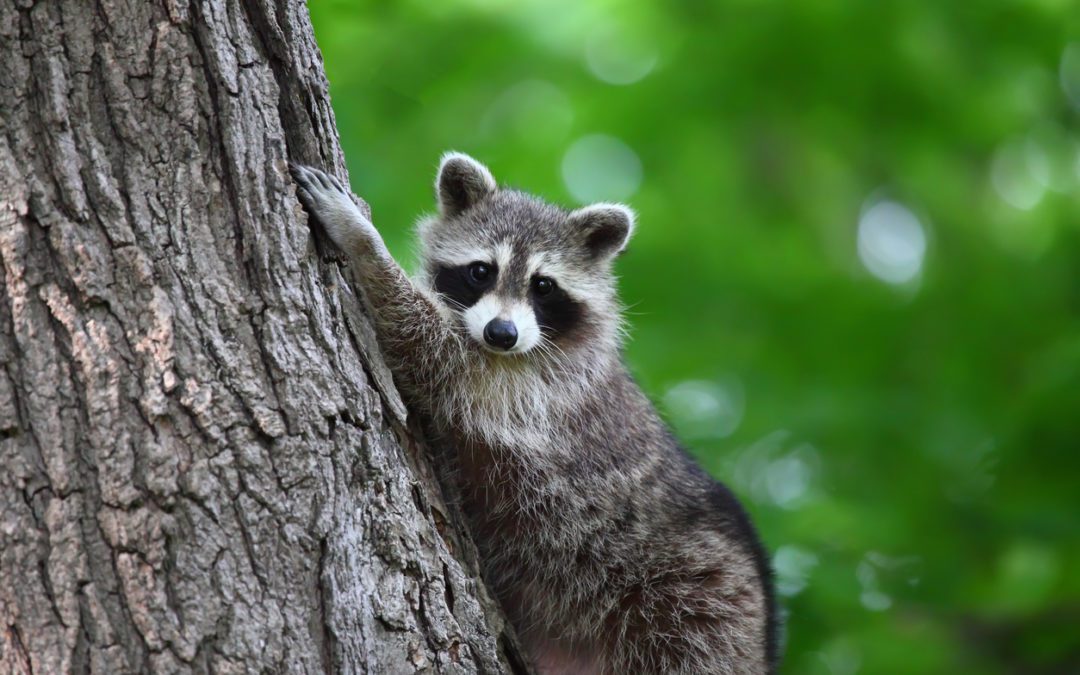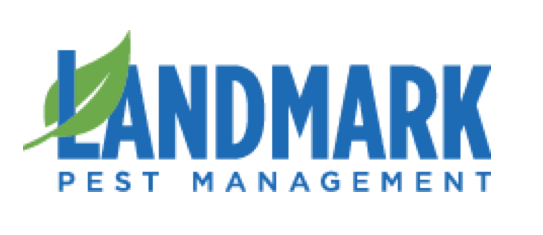Once raccoons have been removed from an attic, many homeowners wonder what they should do next. While getting rid of these animals is an important
Prevent Re-Entry
The first step in remediating your home after a raccoon breach is to lessen the probability of it happening again. Any aspects of the roof that have been compromised should be repaired. Raccoons are known for using brute force to get into an attic, whether it’s ripping a hole directly into the roof or bending vents until they are able to fit through. Torn shingles and broken wood will need to be replaced, and if any soffit panels or roof vents have been damaged, it may be necessary to install new ones. It is also important to inspect the rest of the home for openings that have the potential to become entry points in the future and seal them up. Once the affected areas have been rehabilitated, specially-designed animal proofing should be installed over roof vents and chimney caps.
Sanitize Attic Space
Raccoons are not clean creatures, and areas where they’ve been living are prone to whatever disease or parasite they’ve been carrying. Attic insulation will be contaminated with urine and droppings, both of which can spread illnesses like leptospirosis and raccoon roundworm. After they’re gone, raccoons may leave behind nesting material teeming with ticks, mites, or fleas, leaving the rest of your house open to an infestation. Insulation that has been affected by raccoon nesting must be removed. Once this has happened, a sanitizing and deodorizing treatment should be applied to help eliminate pest insects left behind as well as remove any unpleasant odors.
Re-Insulate
Once the contaminated insulation has been cleared out and the attic has been sanitized, new insulation can be put in. When performing a re-insulation
Make Your Property Less Desirable
Small changes around your house can help to make you property a less appealing destination for
When making repairs to your home after an animal invasion, it is best to choose a company that specializes in wildlife damage remediation and animal-proofing. Trained and experienced technicians will know which exclusion devices are the most effective against raccoons, and they will also be able make additional suggestions to help protect your home from animals in the future.


